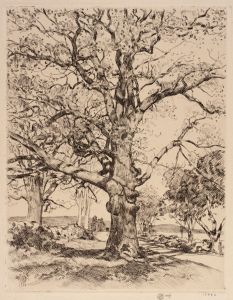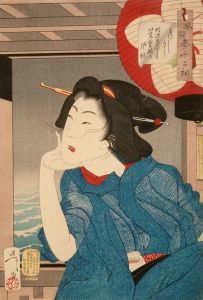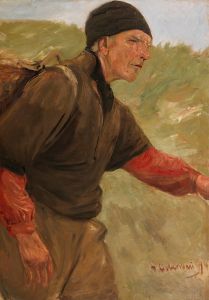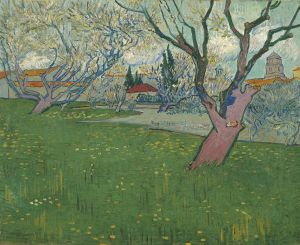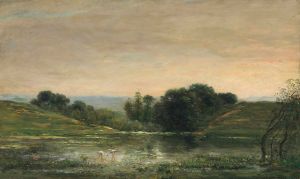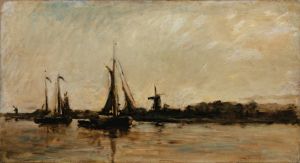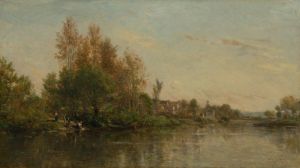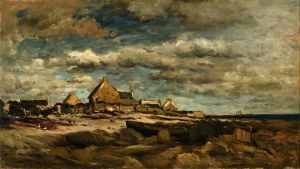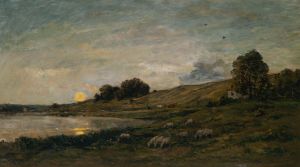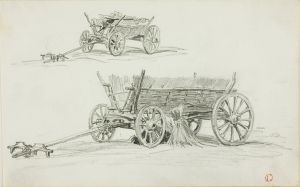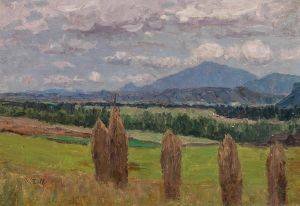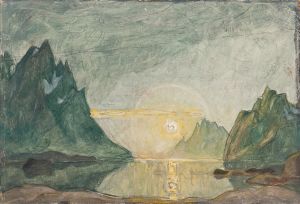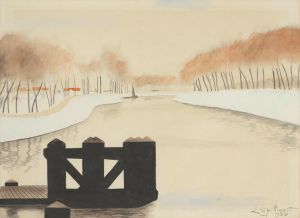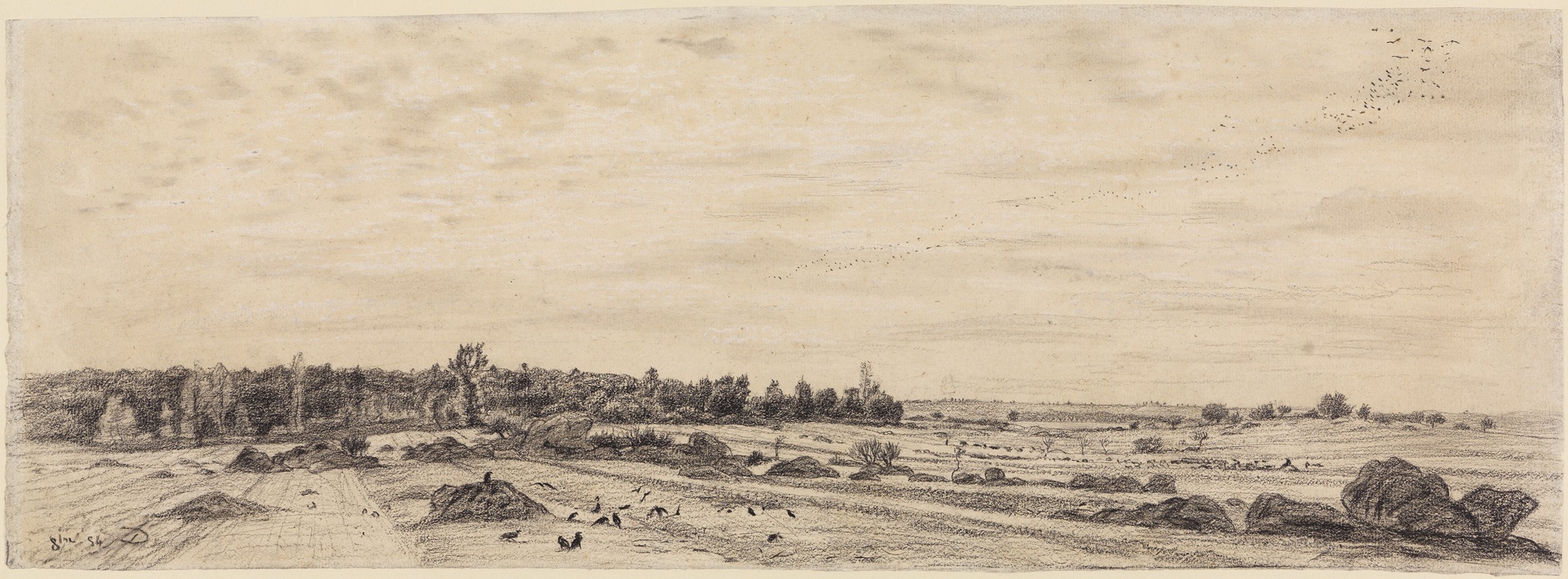
Paysage panoramique
A hand-painted replica of Charles François Daubigny’s masterpiece Paysage panoramique, meticulously crafted by professional artists to capture the true essence of the original. Each piece is created with museum-quality canvas and rare mineral pigments, carefully painted by experienced artists with delicate brushstrokes and rich, layered colors to perfectly recreate the texture of the original artwork. Unlike machine-printed reproductions, this hand-painted version brings the painting to life, infused with the artist’s emotions and skill in every stroke. Whether for personal collection or home decoration, it instantly elevates the artistic atmosphere of any space.
Charles François Daubigny, a prominent French landscape painter of the 19th century, is widely recognized as one of the key precursors to the Impressionist movement. His painting Paysage panoramique (Panoramic Landscape) is an exemplary work that reflects his dedication to capturing the natural beauty of rural France. While specific details about this particular painting are scarce, Daubigny’s broader body of work and artistic approach provide valuable context for understanding its significance.
Daubigny was associated with the Barbizon School, a group of artists who sought to break away from the rigid academic traditions of the time by painting en plein air (outdoors) and focusing on the natural world. His landscapes often depicted serene riverbanks, expansive fields, and quiet villages, rendered with a sense of immediacy and light that would later influence Impressionist painters such as Claude Monet and Camille Pissarro.
In Paysage panoramique, Daubigny likely employed his characteristic horizontal composition, which emphasizes the vastness of the landscape. His use of soft, natural tones and loose brushwork creates a sense of atmosphere and depth, inviting viewers to immerse themselves in the scene. This panoramic approach was a hallmark of his style, as he often sought to convey the grandeur and tranquility of the countryside.
Daubigny’s innovative techniques included painting directly from nature, often aboard his studio-boat, Le Botin, which allowed him to explore and depict the changing effects of light and weather on the landscape. This method not only brought a fresh perspective to his work but also set a precedent for later artists who embraced outdoor painting as a core practice.
While Paysage panoramique may not be as widely discussed as some of Daubigny’s other works, such as The Harvest or Springtime, it remains a testament to his ability to capture the essence of the natural world. His contributions to landscape painting and his influence on the Impressionist movement have solidified his place in art history.
Further research into the provenance and exhibition history of Paysage panoramique would be necessary to provide more detailed insights into its creation and reception. However, as it stands, the painting exemplifies Daubigny’s mastery of landscape art and his enduring legacy as a pioneer of modern painting.





